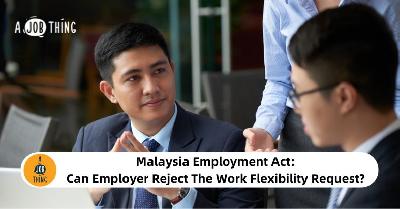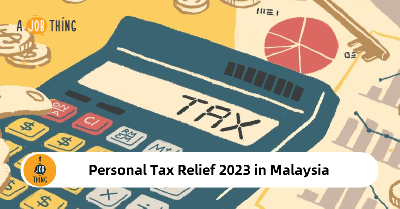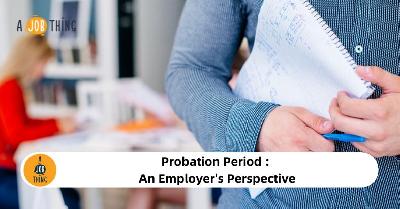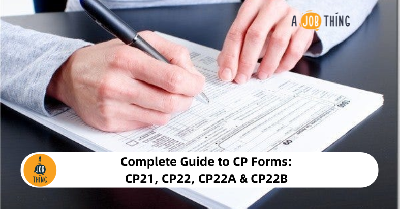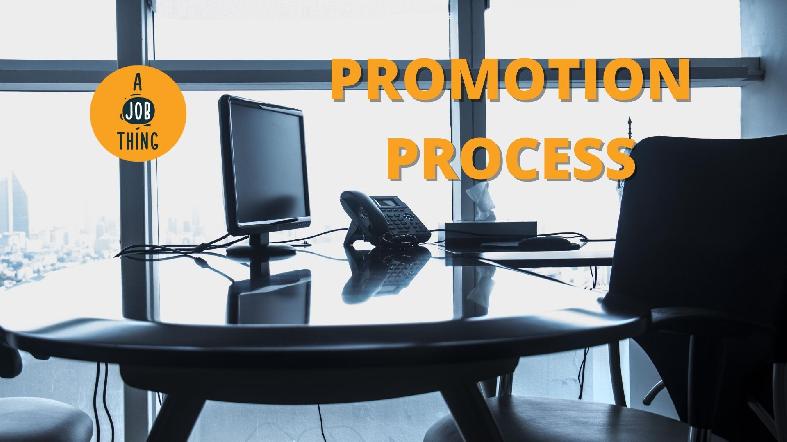
HR Guide: The Process of Employee Promotion
Create Job Description Using AI
Write appealing job descriptions for any job opening to attract the most qualifield and suitable candidates. FOR FREE.
try now
When there is a vacancy in an organisation, it can be filled up by the internal or external candidates. Though many organisations prefer to fill up vacancies with external candidates, the internal candidates may also apply for the job and may be tested and selected for a higher level role in the organisational hierarchy at par with an external candidate.
If the organisation wishes to fill a vacancy only by the internal candidates, it assigns that higher level job to the chosen employee from within through promotion tests. Such upward movement can be said as promotion.
What you should do before promoting an employee
1. Plan for succession
Every organisation should have a promotions plan listing how workforce transitions will be managed. Your succession strategies should identify:
- how each role will be filled,
- the process for every promotion,
- the qualities of every employee needed for those positions,
- training requirements and opportunities for staff development.
2. Evaluate your employees
When it comes to employee performance evaluation, once a year is not enough. Develop a pattern of employee evaluations that track the employee's career development, work patterns, attributes and flaws, and other characteristics that can determine whether the employee has the right qualities needed for a promotion.
3. Call in the pros
You have several suitable candidates fighting for one job, therefore, it is crucial to find out how the attributes needed by the position measure up in every candidate.
When it comes to upper-level promotions, employers may want to turn to organisational or corporate consultants specialising in employee assessments. They can give you accurate details and identify specific qualities in your candidates, and evaluate how those qualities will influence the role being considered.
The human resources department can also provide their expertise in the promotion process.

Choose the right employee for the job promotion.
Employee promotion procedure
1. Promotion candidate sourcing
Ideally, an organisation should try to create an environment that rewards both long-term commitment and loyalty as well as a university education by selecting candidates from both origins. This may require some added investment in employee skills through continuing education programs.
Setting a promotion criteria framework in place will require a careful review of position requirements in a comparison against available candidates within the company.
2. Pre-candidate selection promotion considerations
Before selecting the best candidate, the company needs to decide if the role will be available for internal promotion first or open for external hiring. Positions that require simple or intermediate skill levels can be simultaneously opened to competitive applicants both within and outside the organisation since such roles prioritise neither experience nor education.
3. Selecting an internal promotion candidate
The most important criteria to judge an internal candidate is their commitment to the company, along with reliable productivity. But, an internal candidate should still submit a letter of query to human resources along with any updates to the resume, specifically where additional education obtained in off-hours is concerned.
If the internal candidate proves unsuitable after a probationary short-term promotion, allow them to return to their previous role if possible and seek another promotion from within.
Managing employees who did not get promoted
1. Let them know why
Identify the reasons why the employee did not earn the promotion. Do they lack critical training that will help them become a leader in the future, or are they incapable of leading at a higher level?
Be clear about your motivations, and make sure you can articulate them.
2. Meet with the rejected employee before announcing the result
Specify the job requirements and the capabilities needed to meet those requirements. Show the employee the areas where they are struggling or have not demonstrated the skills demanded by the job.
Explain honestly, politely, and sympathetically why another person got promoted. After the explanation, listen to them and be open to questions. Let the employee vent but maintain your composure and move on.
3. Don't offer false encouragement, but express appreciation for their work
Not every worker will have the skill set required for promotion. If the employee has no chance of future advancement, say it honestly, but make it clear that they are valued as an individual contributor in their current position.
A good performance review and raise will boost the rejected employee's morale and speed recovery to full enthusiastic productivity.
4. Establish a plan of action
If the rejected employee has potential in the company, discuss training options, seminars and improvement strategies. Offer suggestions in which management will support the employee who wants to improve.
Follow through on promises and continue a consistent pattern of employee evaluations so that together you can identify areas of improvement and those still lacking. If the employee has reached a plateau, and it is unlikely they will have promotion opportunities, discuss other employment opportunities either within the company or outside.
Strong management and a good succession plan can help you reward your best performers, soothe the wounded egos of those who were passed over and keep team morale high.
Having Problems Hiring? Our recruitment experts are at your service at AJobThing.com. We provide free consultation!
Sources: Edward Lowe Foundation, CoreHR
Related articles
Watch Out: Five Types of Bias in Human Resources
HR Guide: The Basics of Performance Improvement Plan
Just Joking? How HR Can Identify Workplace Bullying

